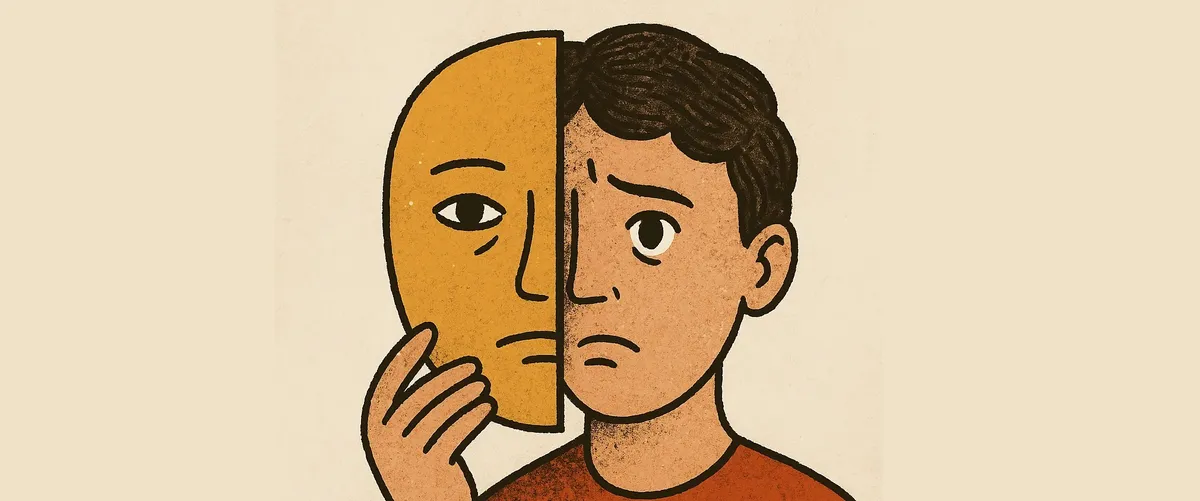Navigating the Messy Middle, Part One: Masking, Belonging and the Unavoidable Costs of Living While Autistic

There’s a cost to living in the neurotypical world without masking.
And there’s a cost to masking.
This is the inescapable tension at the heart of nearly every autistic life — and every parenting decision, therapy choice, school IEP and research debate about autism support.
On one side: If you choose not to mask, you risk being misunderstood, marginalized, bullied, excluded, denied opportunity. You risk being read as “weird,” “rude,” or “uncooperative,” no matter how hard you're trying. The world isn’t designed for you — and it rarely apologizes for that.
On the other side: If you do mask — consciously or not — you learn to hide. You contort your behavior, speech, and even your body language to seem “normal enough.” You monitor your every word. You perform eye contact. You suppress stimming. You laugh on cue. And often, you forget where the mask ends and you begin.
Masking keeps you safe. But it also chips away at your sense of self.
For many autistic people, especially those like me who masked for decades before knowing why, the aftermath can look like burnout, anxiety, depression, dissociation. For children, it can look like perfectionism, meltdowns after school or a sense of being “wrong” without knowing why.
This is the messy middle.
And it’s where most of us live — not at the polar ends of “fix the child” or “celebrate the difference,” but somewhere between safety and authenticity, between surviving and thriving.
Some in the neurodiversity movement don’t like to admit this. They argue, rightly, that masking shouldn’t be necessary — and that any system that demands it is unjust. They’re not wrong. But families still have to make choices in the world as it is, not only as we wish it could be.
Other voices, including many well-meaning therapists and researchers, see the social costs of nonconformity and want to help. But “help” too often looks like training children to pass as neurotypical — not because it benefits their wellbeing, but because it makes them easier for others to accept. That’s not support. That’s assimilation.
So what do we do?
We start by acknowledging the truth:
- That masking can be strategic.
- That it should never be compulsory.
- That opting out of masking isn’t always safe.
- That passing as neurotypical shouldn’t be the price of inclusion.
We stop demanding simple answers and start creating space for nuance.
We teach kids to name the mask. To understand when they’re using it, why and (in age-appropriate ways) at what cost. We give them the tools to opt in or opt out — with awareness and support, not shame or pressure. We help them survive without teaching them that they must disappear.
We shift the goal from normalization to navigation.
And we keep asking hard questions — about masking, about belonging, about what it really means to support autistic people in a world that still misunderstands us.
That’s what Autism Answers Back is here to do.
We don’t claim to have the final answer.
But we’re committed to asking better questions — in the middle of the mess.